Moneybackers, exotic smashmouth and the NFL’s schemes of the future
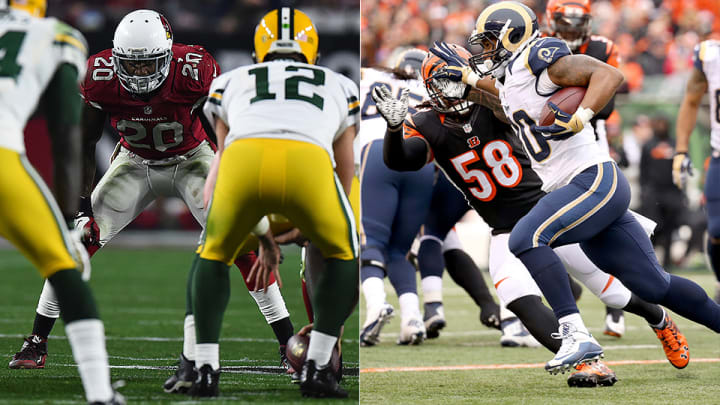
Your teams. Your favorite writers. Wherever you want them. Personalize SI with our new App. Install on iOS or Android.
The NFL’s history is one of constant attack and counterattack: a Bear front for every T-formation, a zone blitz for every West Coast offense. It’s no different these days. Below, a closer look at four modern concepts teams are using to get the edge on their opponents, which will only grow more prominent in the coming years.
The run/pass option package play
As defenses become more complex, offenses must design more ways in which quick and effective counters are at the quarterback’s disposal. One trend that has exploded throughout high school and college football and up to the NFL in recent years goes by multiple names: run/pass options, package plays, compressed plays. Whatever you want to call them, they allow for a simplified offense at the snap and a wider variety of options after the play gets rolling. These aren’t traditional play-action fakes, nor are they read-options for mobile quarterbacks. Instead, run/pass options allow quarterbacks the flexibility not only to make different calls based on presnap formation but to choose to run or pass after the ball is snapped based on the defense. Most often, the quarterback will key on one defender as the basis for his decision-making. That’s common to the zone read, but the difference here is that so many more things can happen.
One of the more high-profile examples in recent years was this 33-yard touchdown pass from Russell Wilson to Ricardo Lockette in the Seahawks’ season-opening win over the Packers in 2014. Here, Wilson is keying on right cornerback Sam Shields, who is peeking into the backfield. The Seahawks sell a zone run away from Shields, and he bites hard, especially when Marshawn Lynch sells the cutback and Wilson starts running to the left. Wilson’s run also draws linebacker Clay Matthews up and away from any coverage. At that moment, based on the coverage and Shields’s reaction, Wilson knows he’ll have a wide-open target in Lockette, which is exactly what happens. And when safety Ha Ha Clinton-Dix whiffs on his tackle, it’s an easy score.
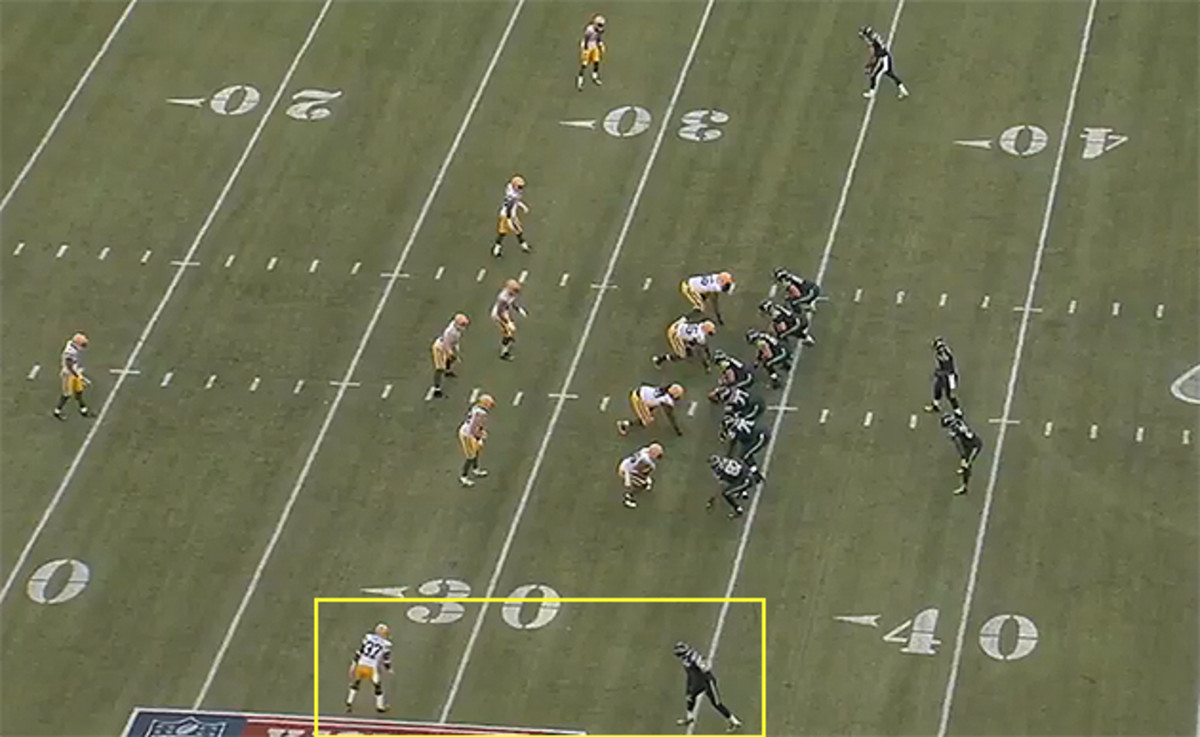
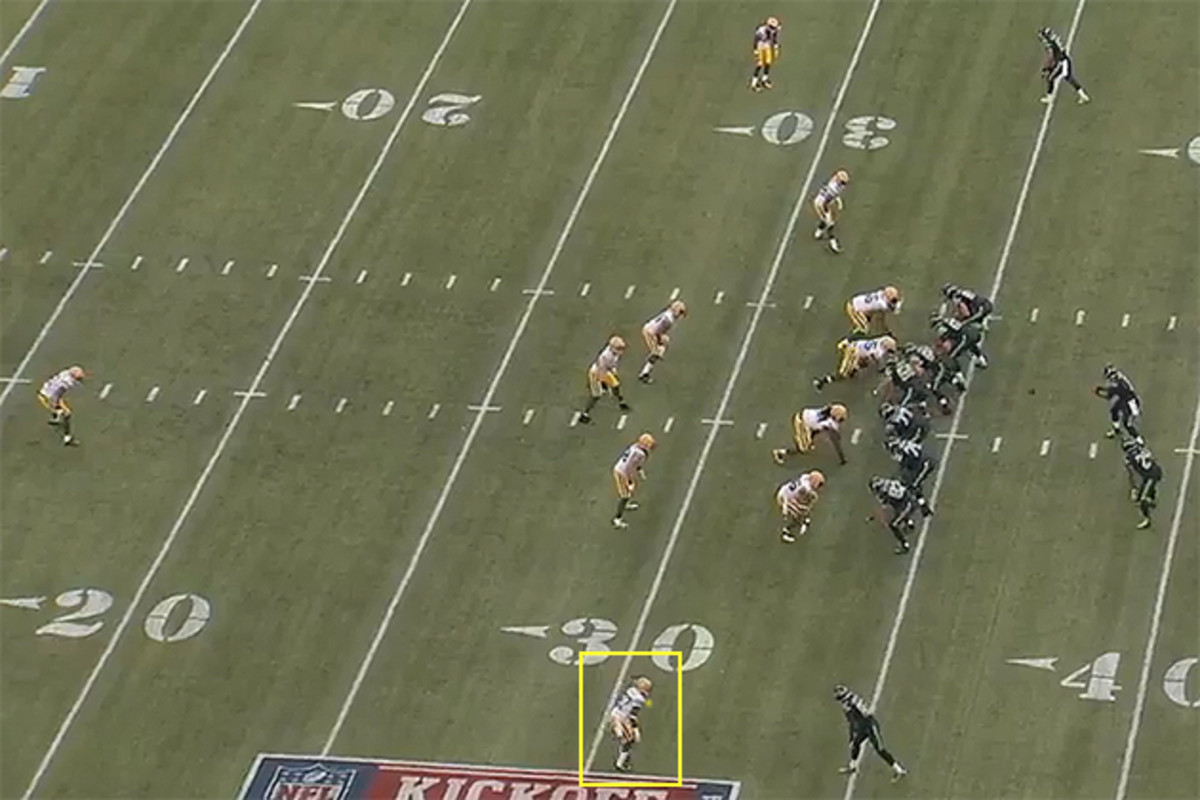
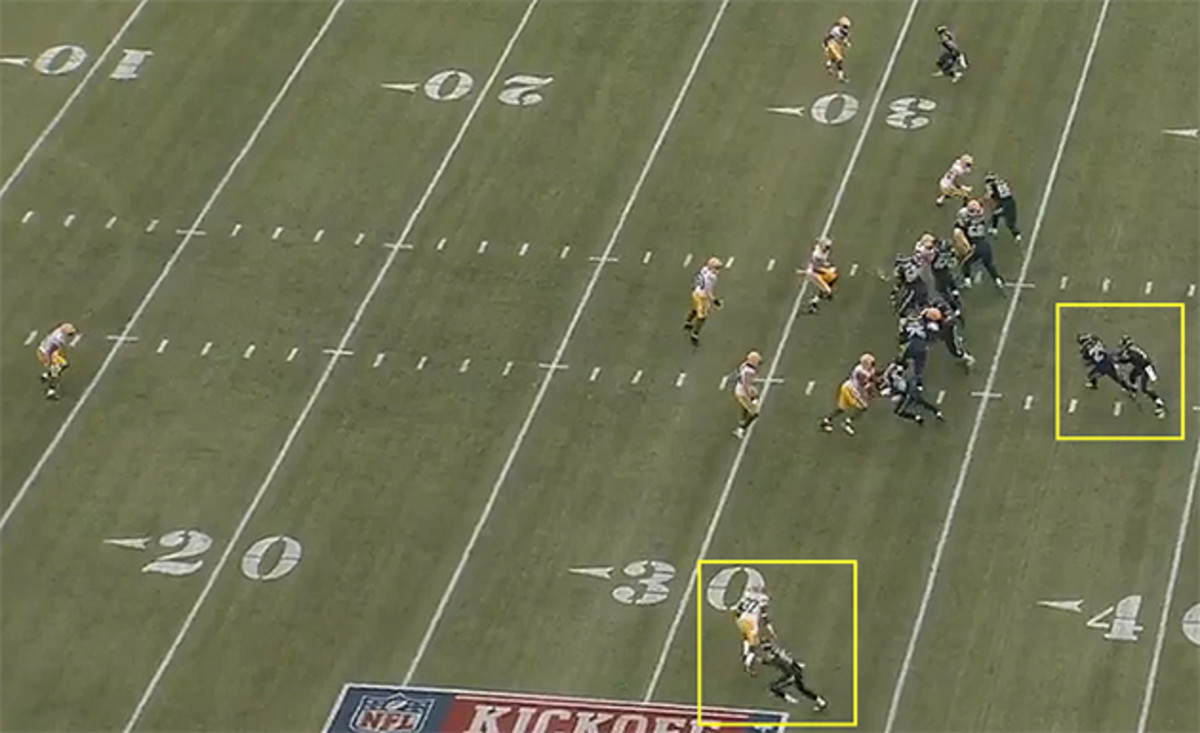
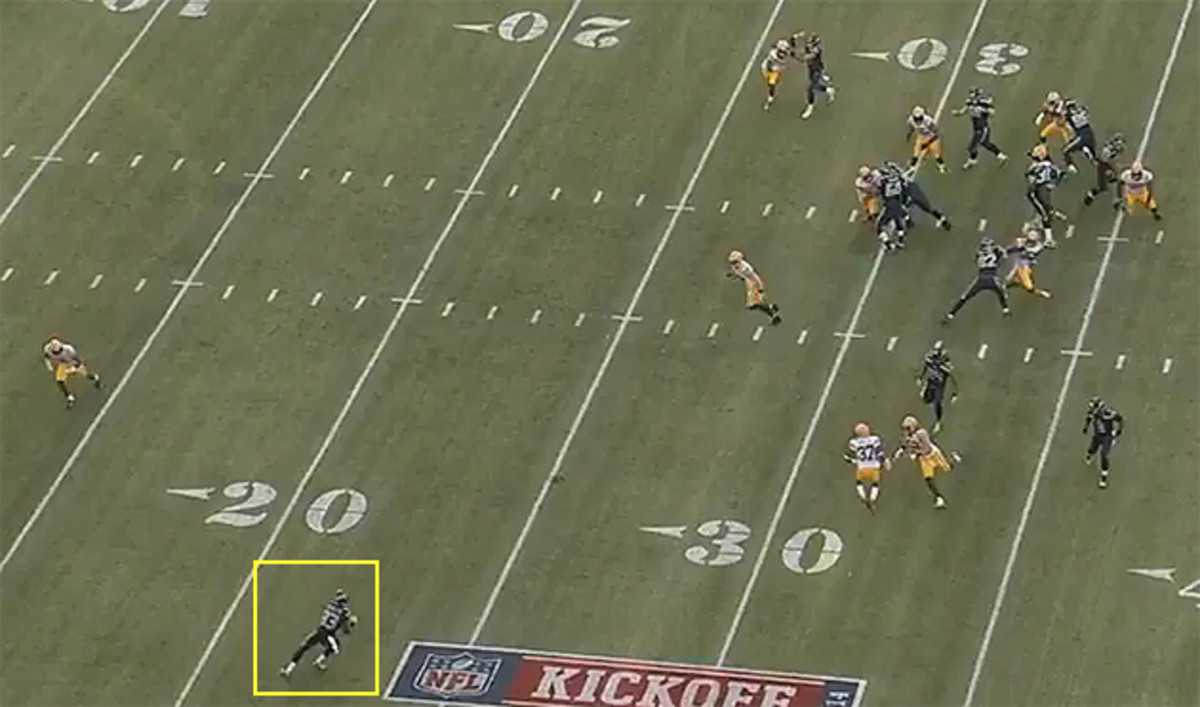
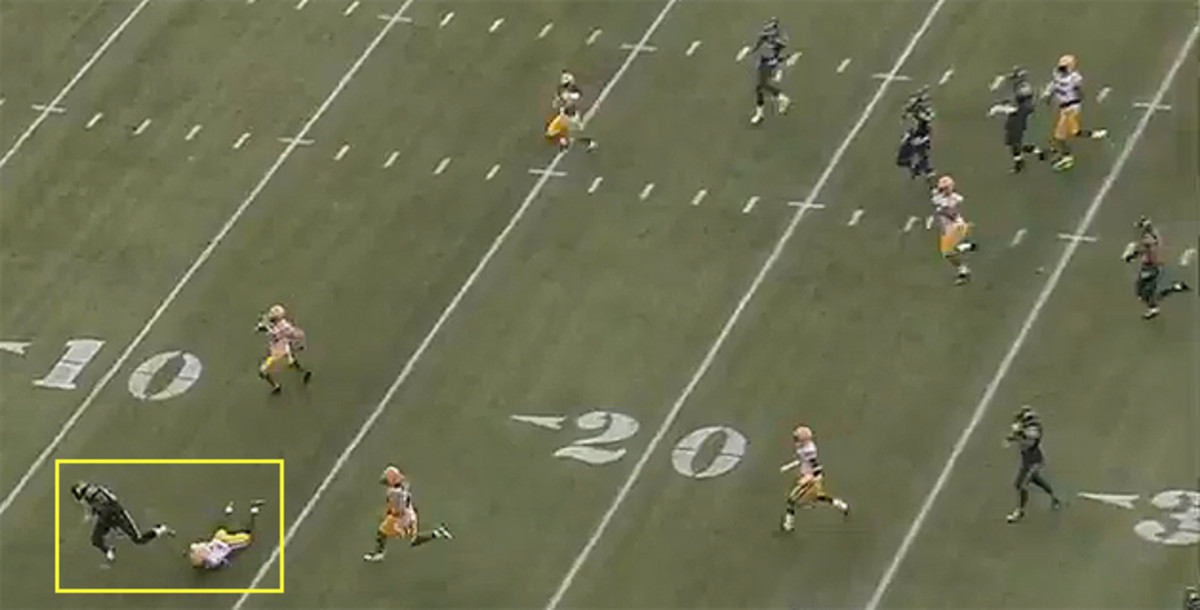
The double-slot concept
Cardinals coach Bruce Arians is perhaps the most creative vertical passing architect in the NFL today, a fact that gets lost at times behind his colorful personality. He was a master at drawing up trips and bunch formations as Pittsburgh’s offensive coordinator from 2007 through ’11, and he expanded the Colts’ aerial game as interim head coach in ’12, but he had embraced a few different concepts during his time in Arizona. Arians now prefers the idea—first perfected by Sid Gillman in the 1960s—that for every deep route run, there should be an easy angular route run by another receiver, giving the quarterback multiple options based on the movement of the defense. One way he’s done that as well as anyone is the use of two slot receivers in alignment, especially in an empty backfield formation. The Cardinals will use this near the goal line a lot, but the example I wanted to highlight comes from 27 yards out against the Seahawks in Week 10 of this season.
• SI ranks the NFL’s best players at each position | Top 10 quarterbacks
Here, the Cardinals have a three-by-one set loaded on the right side. Michael Floyd is the outside receiver, and the two slot guys to that side (tight end Jermaine Gresham and receiver John Brown) stress Seattle’s defense to the limit. Gresham’s quick out route takes the slot corner away, and Brown’s deep speed forces a linebacker and safety to roll with him. That leaves Richard Sherman one-on-one with Floyd, and Sherman—who is playing bail coverage—hesitates for a split second as Brown moves into his area. That’s all it takes for Floyd to run right by him for one of the easier touchdowns anyone will score on Sherman.
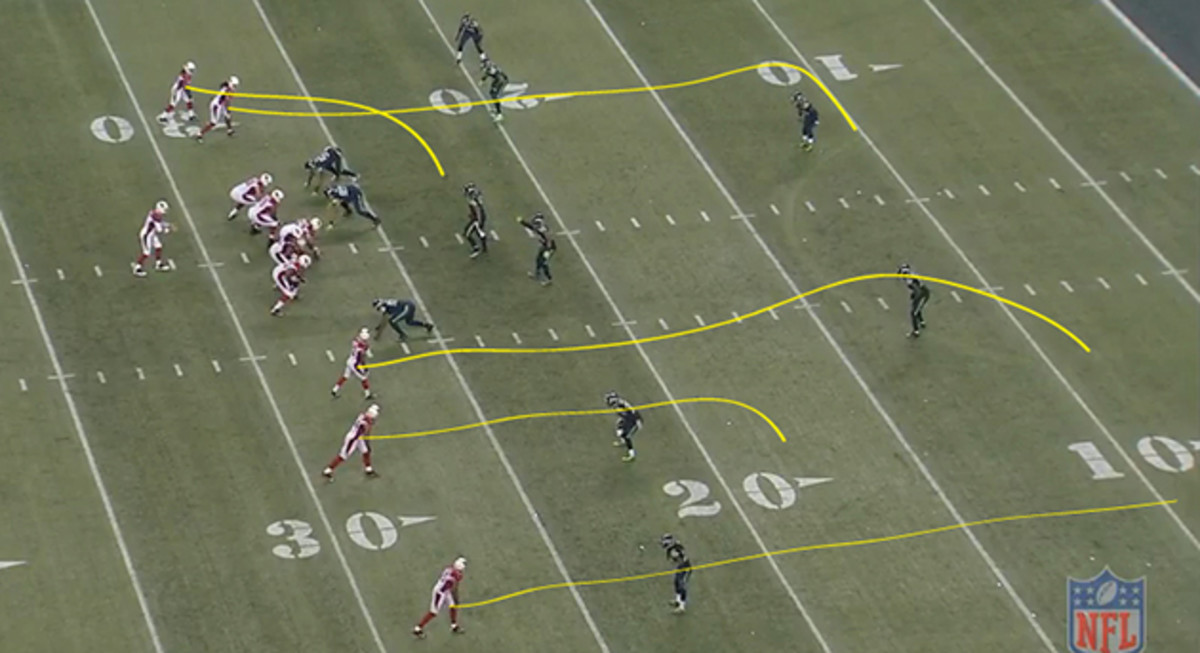
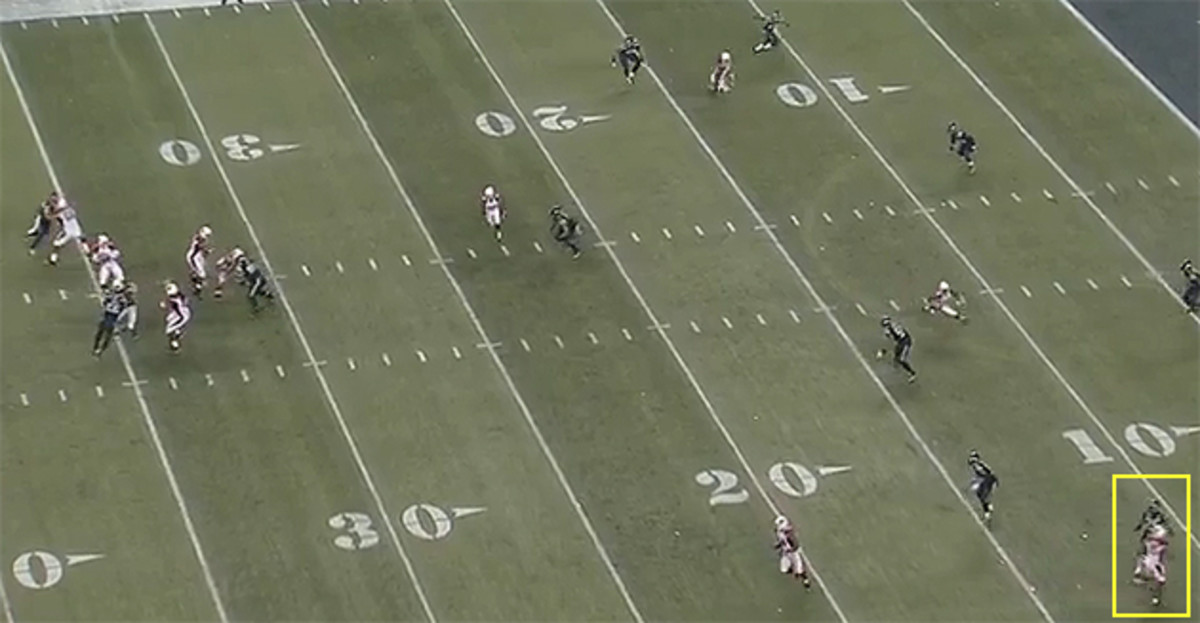
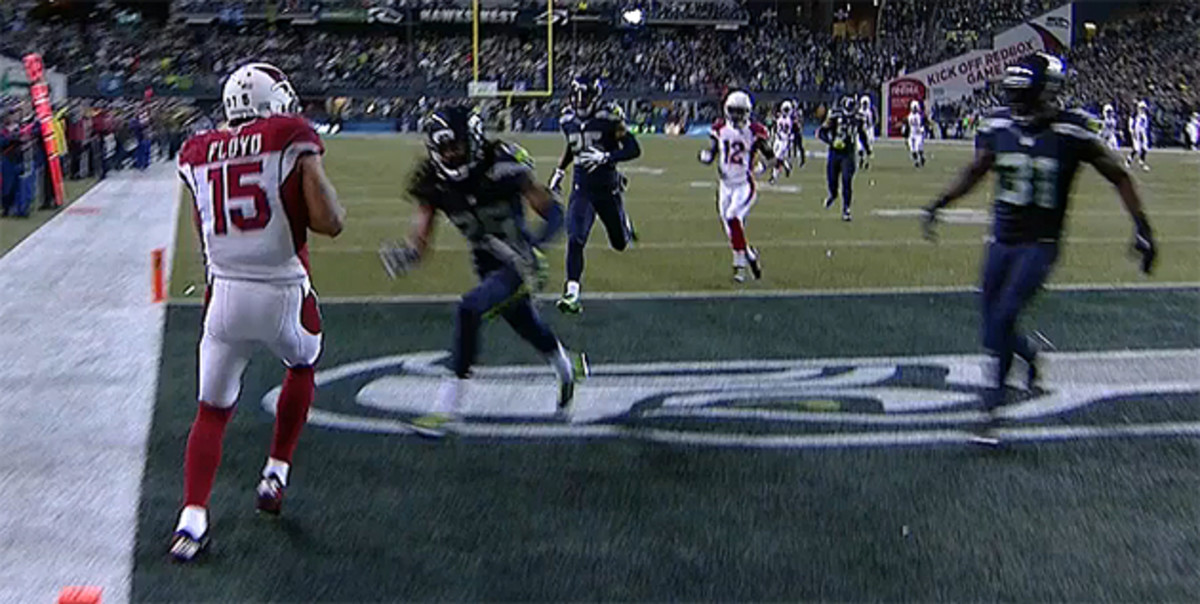
The dime defense with a hybrid linebacker
The most important schematic trend of the last decade is the increased frequency with which teams put five or more defensive backs on the field. “Nickel is the new base defense,” you’ll hear, and it’s the truth: last season, teams had five or more defensive backs on the field 65% of the time. A sub-strain of this trend is the dime defense with a hybrid linebacker. These new-breed ’backers don’t generally top out at more than 230 pounds. They are built like box safeties, but they take on linebacker responsibilities. Arizona’s Deone Bucannon is perhaps the most prominent example in his “Moneybacker” role, and Mark Barron has thrived in a similar role with the Rams after a few years as a decent safety with the Buccaneers. The Redskins selected USC’s Su’a Cravens in the second round of the 2016 draft to play what defensive coordinator Joe Barry calls the “Mo” position: a weakside linebacker in nickel, and a dime linebacker when an extra defensive back subs in, though he may have deep safety and blitzing roles as well. The versatility of the position is what makes it important.
The Rams are seen as a traditionally minded team under Jeff Fisher, but they are unique in how often they run dime defensive looks—46% of their snaps last season, according to Football Outsiders’ charting database. Barron is the point man of that set, as he showed on this play against the 49ers in Week 17. It looks as if the Rams are in a standard Cover-2, but the only linebacker on the field is James Laurinaitis, who is flanked by Barron (No. 26) and cornerback Lamarcus Joyner (No. 20). At the snap, Barron switches responsibilities: He first has an eye on running back Kendall Gaskins, but he turns his attention to tight end Blake Bell running a crossing route. On third-and-11 from the St. Louis 15, Barron stops Bell after a five-yard gain and forces a field goal. Barron was involved in a ton of these types of plays, and he ranges well from curl/flat coverage to pattern-matching on shorter routes.
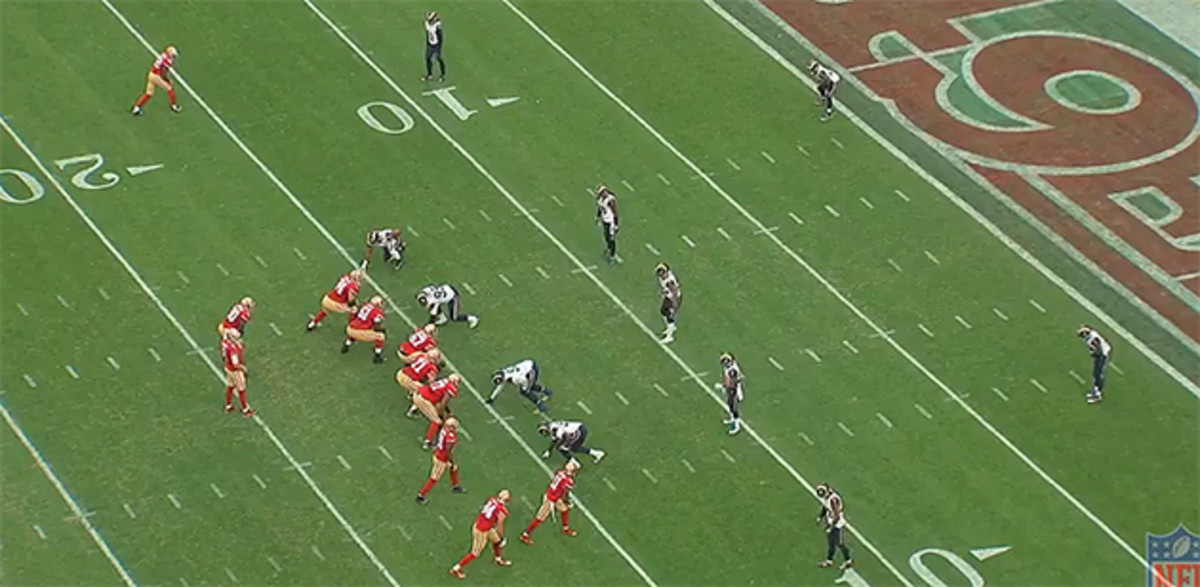
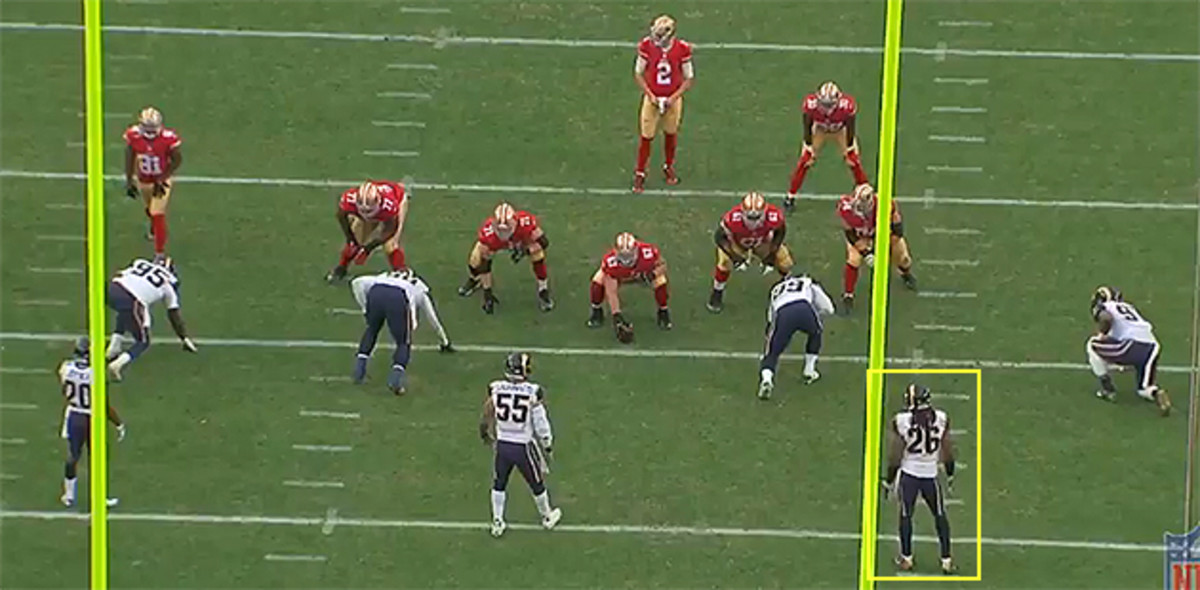
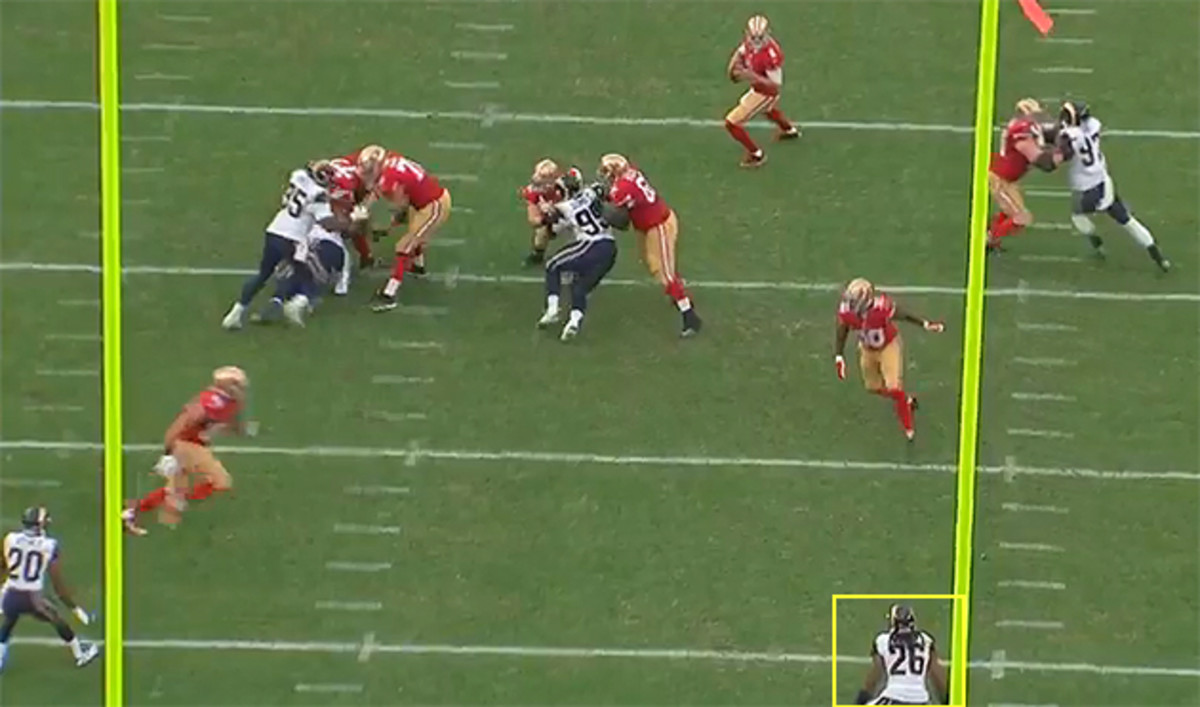
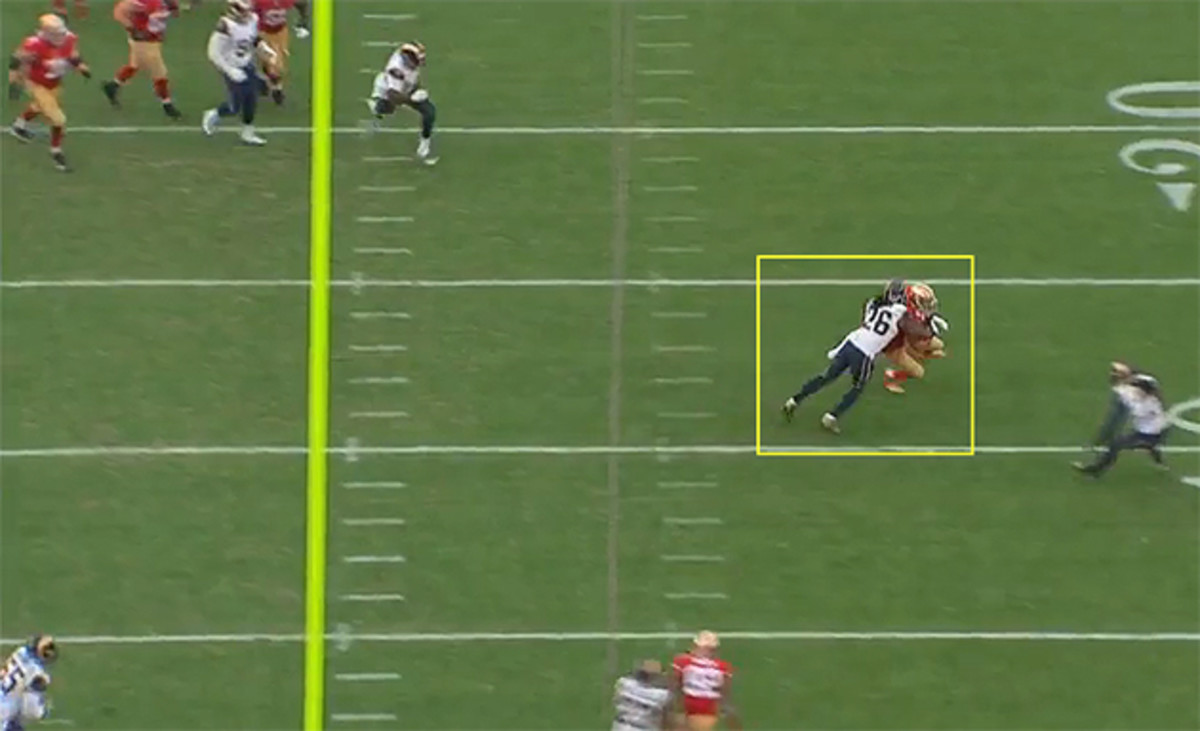
The return of the single power back
So, what’s the best way to counter these more versatile defenses, especially when the price of that versatility is taking linebackers off the field? Titans coach Mike Mularkey was lampooned a bit for his “exotic smashmouth” comment in February when asked to describe his ideal offense, but he has a point.
“[Opponents] are going to know we are going to be very hard to defend, and it is going to be a physical football game,” he said. “When it is all said and done, they are going to know they have been in a fight.”
• Bell’s new suspension will weigh on Steelers | What if Geno Smith is good?
Cliché? Sure. But more and more teams are rediscovering the value of the power running game against base defenses with lighter players at the second and third levels. Once you get past the first wave, negating linemen with power sweeps and zone concepts, your 230-pound running back has a much better chance against a bunch of cornerbacks and free safeties. And with a single power back (these changes haven’t affected the phasing out of fullbacks, it seems), there’s enough personnel for a diverse passing game.
The Rams don’t have a diverse passing game, but they do have running back Todd Gurley, who blew up the league in his rookie season. The Cardinals limited Gurley to 41 yards on nine carries in Week 13 during a 27–3 Arizona win, but this play shows just what a pain a power back can be against a sub-package defense.
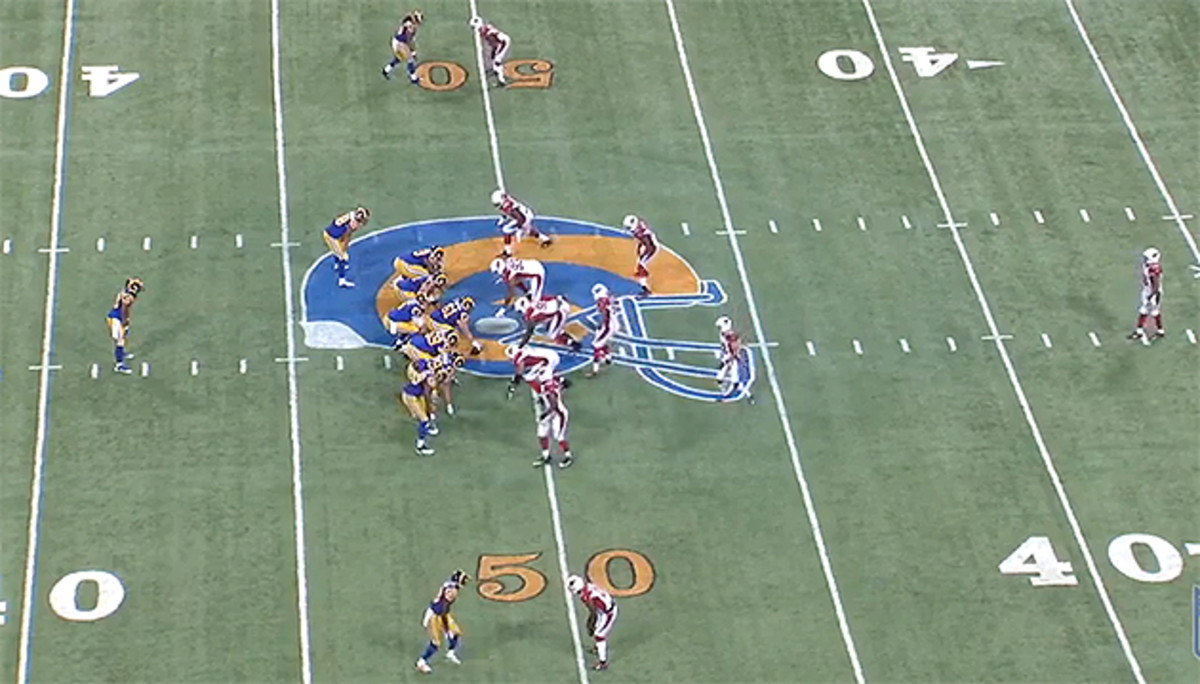
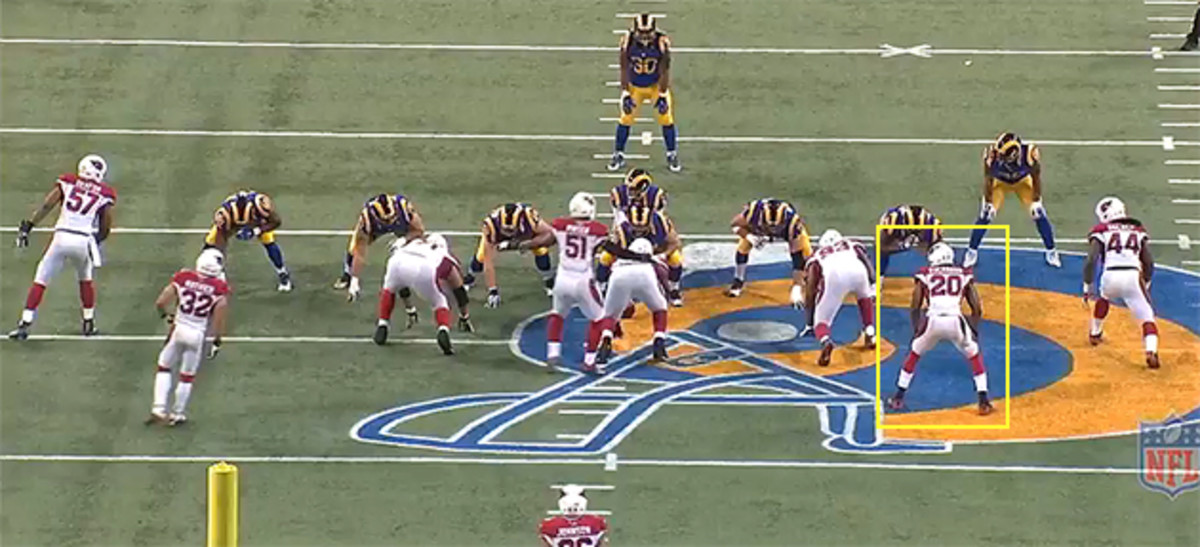
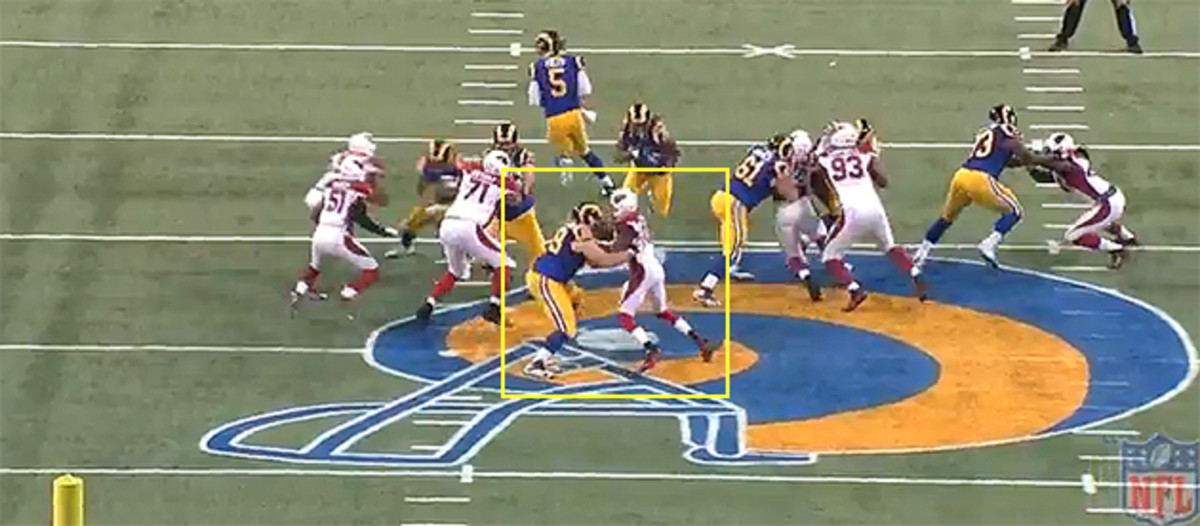
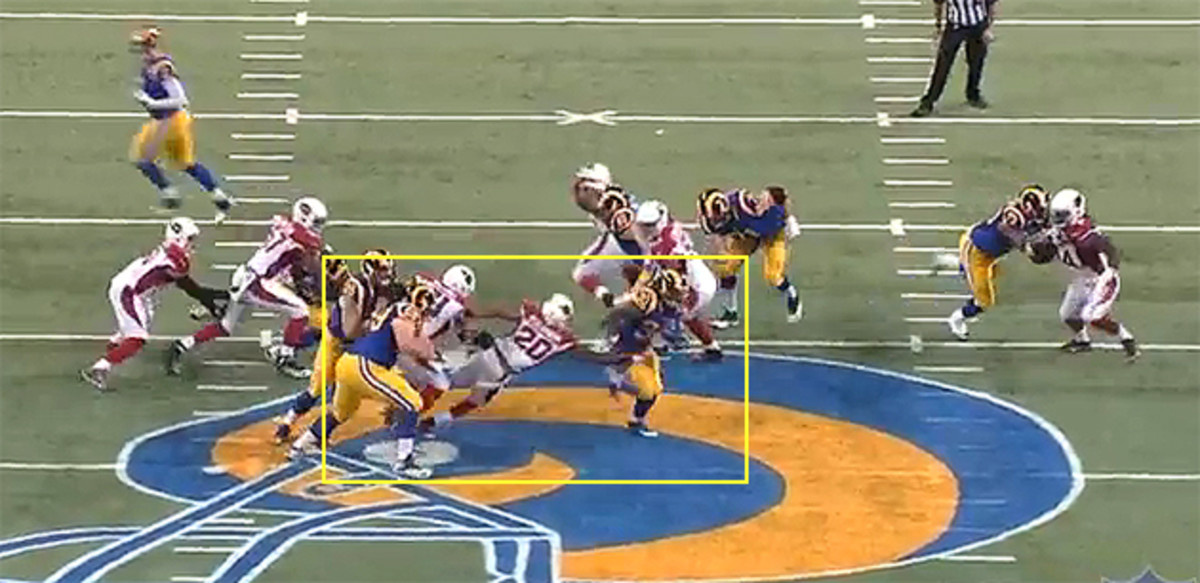
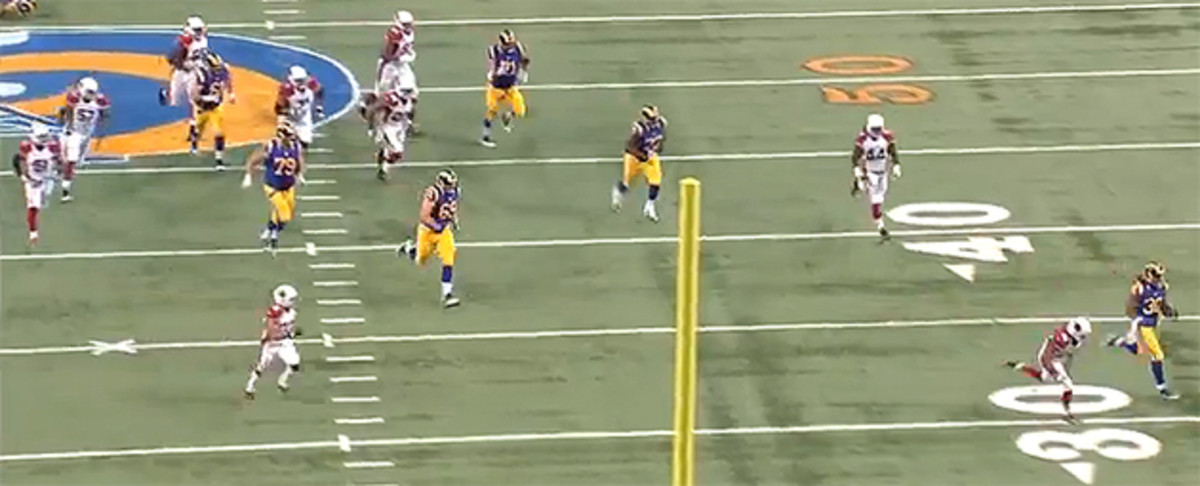
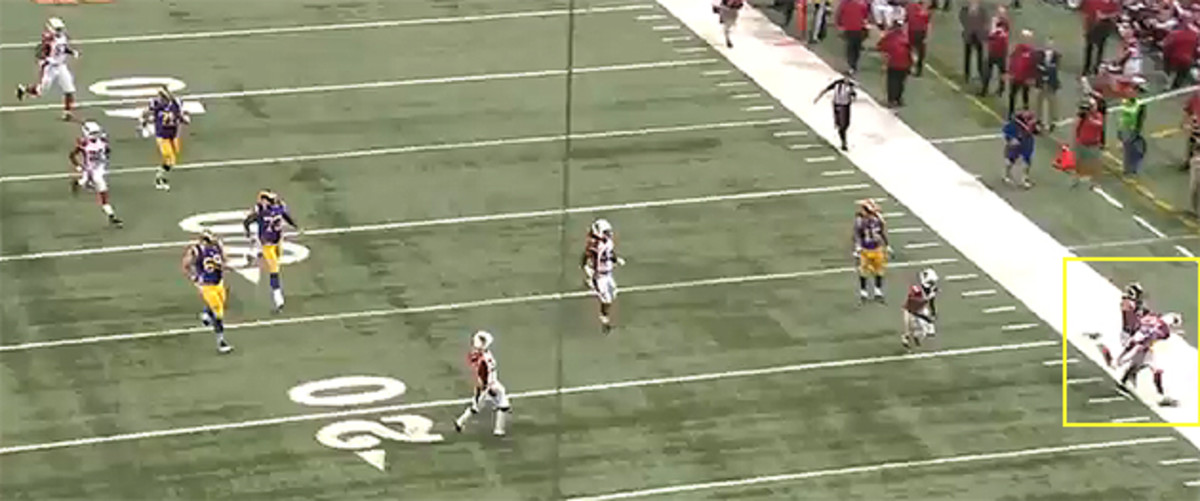
Kevin Minter is the only base linebacker on the field, with Tyrann Mathieu and Bucannon as the hybrid second-level defenders. On this play, Arizona linemen Rodney Gunter and Calais Campbell get lost in the wash, leaving a huge hole for Gurley that Bucannon is unable to correct and fill.
From there, it’s off to the races for a 34-yard gain for Gurley, who’s eventually pushed out of bounds by safety Rashad Johnson. It’s only the speed and effort of Johnson that prevents this from being a touchdown.
